
Beyond Placements – Building a Culture of Industry Collaboration in Universities
Introduction For years, “placements” defined success for most universities. But as industries evolve faster than curricula, it’s clear that a
Explore how Colleges & Universities can boost student success through industry collaborations, real-world projects, and career-focused initiatives.

Introduction For years, “placements” defined success for most universities. But as industries evolve faster than curricula, it’s clear that a
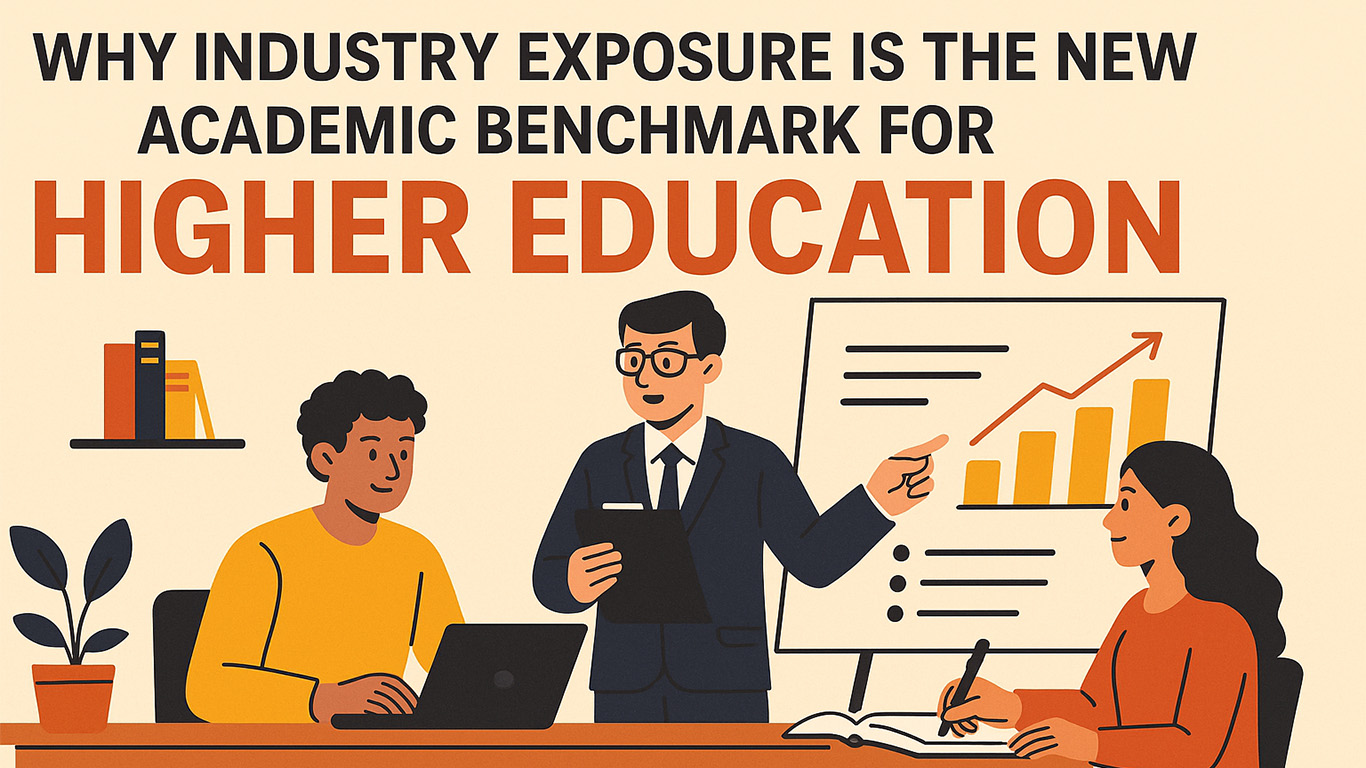
Introduction For decades, universities have been measured by grades, research output, and placement statistics. However, in the era of outcome-based
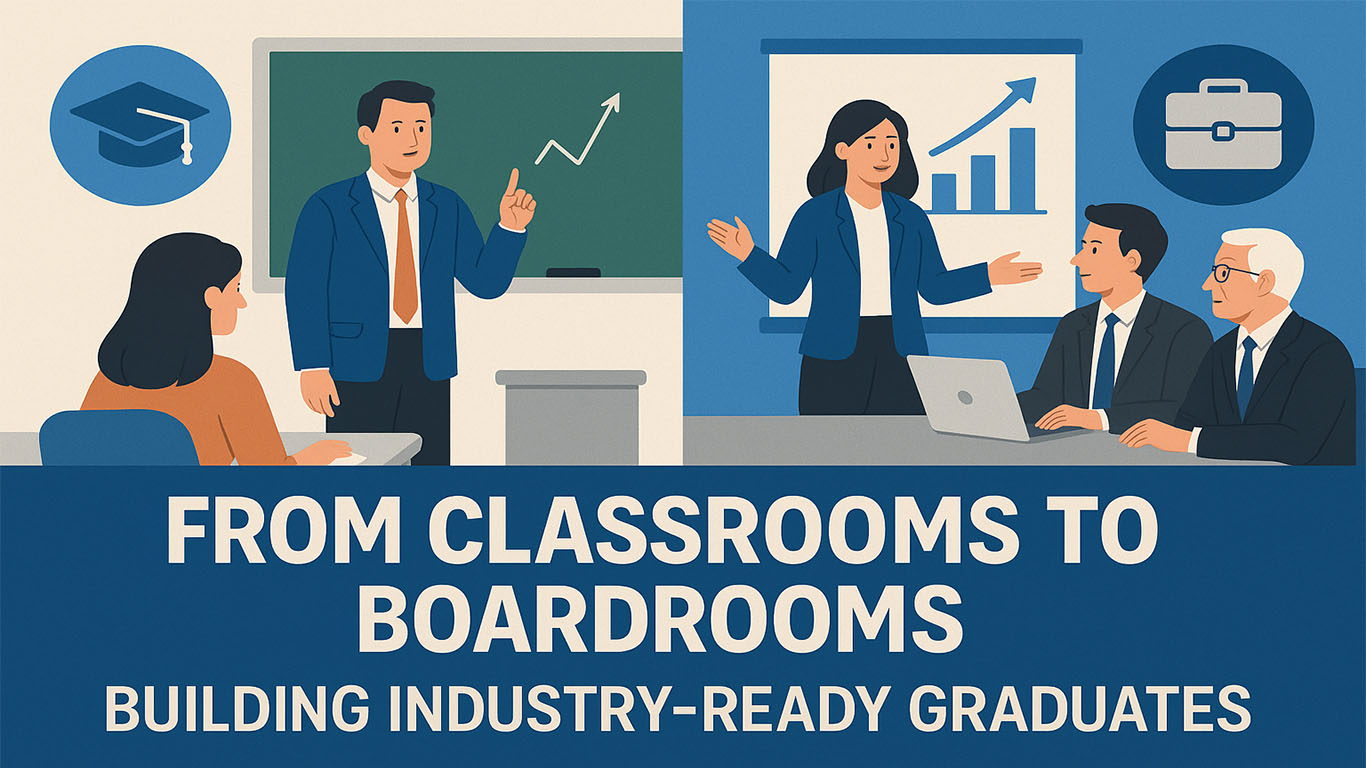
Introduction: For decades, higher education has focused on academic learning – lectures, assignments, and examinations. But as industries evolve at
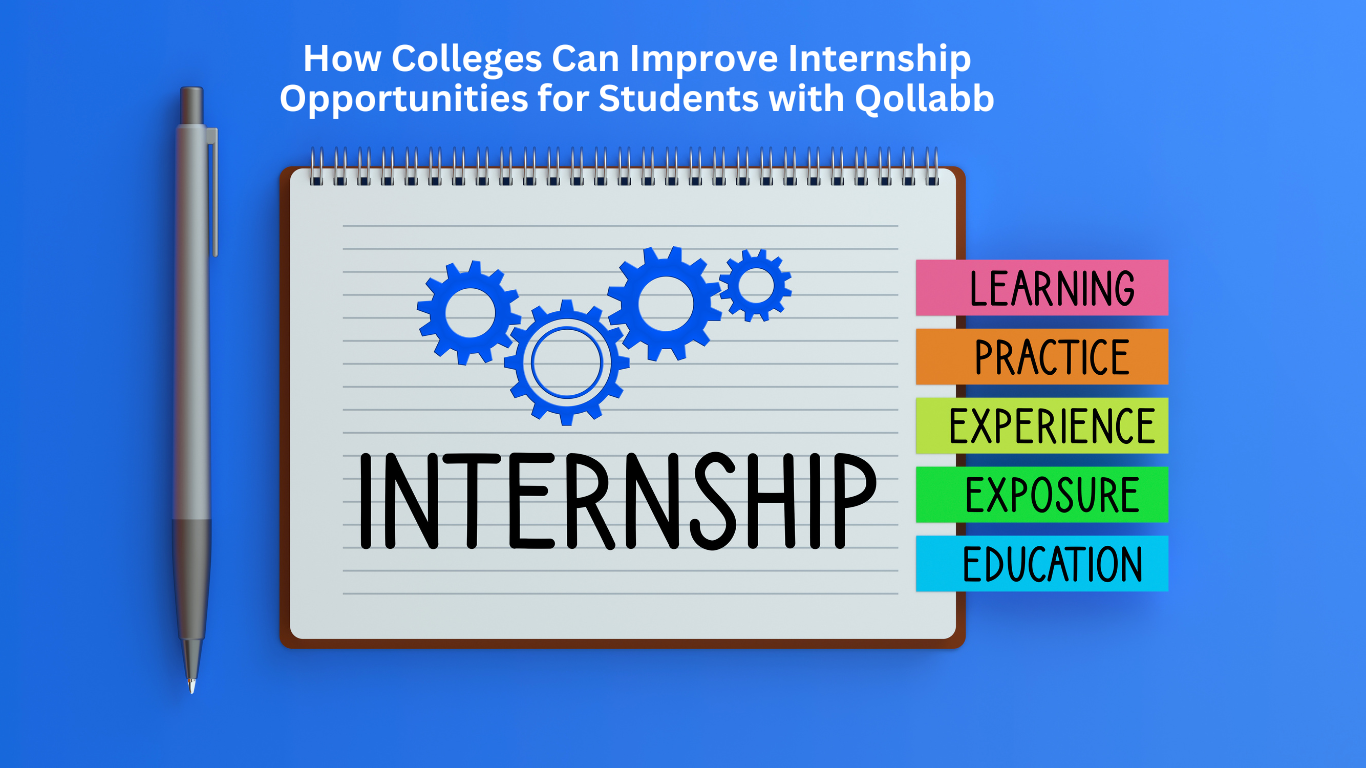
In today’s competitive landscape, colleges must work hard to improve internship opportunities for their students. Recruiters increasingly value real-world experience
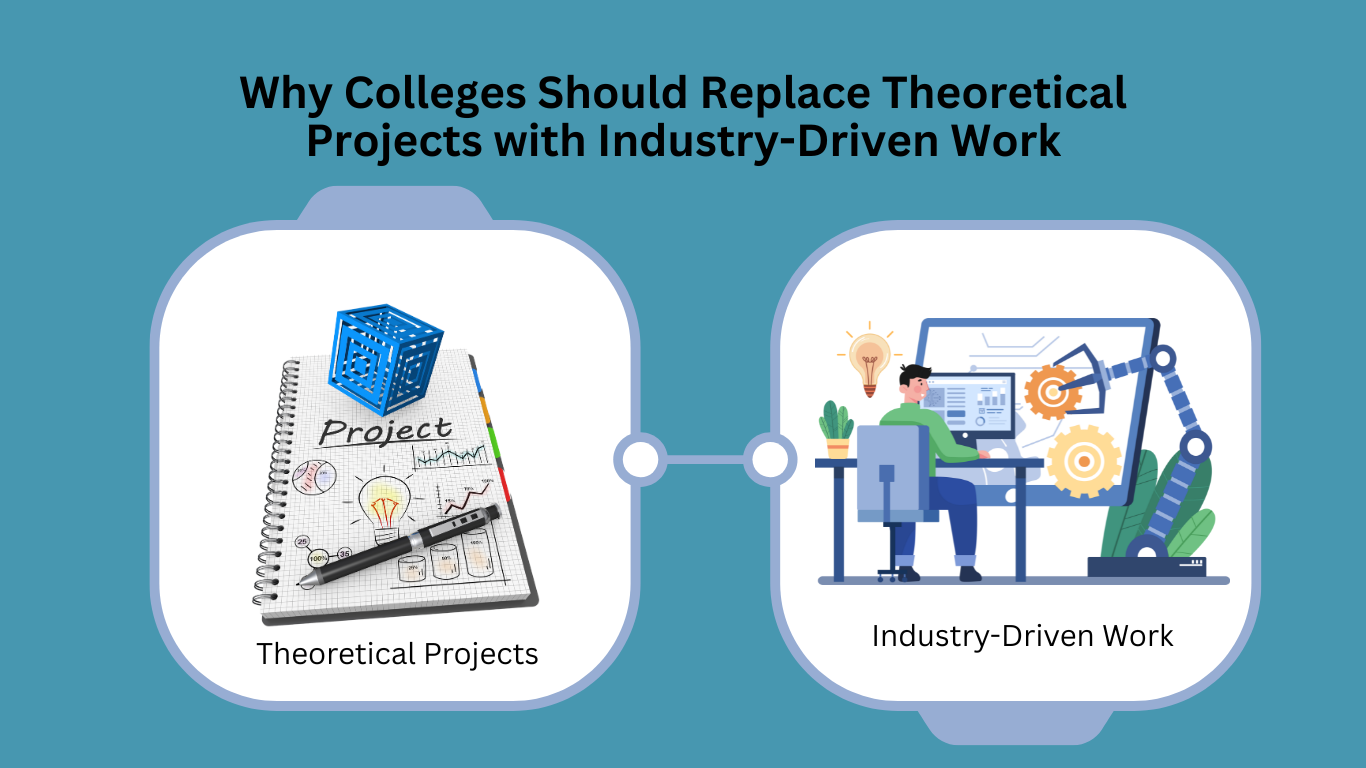
In today’s fast-evolving job market, industry-driven work is no longer optional. Industry-driven work gives students a competitive edge, strengthens academic
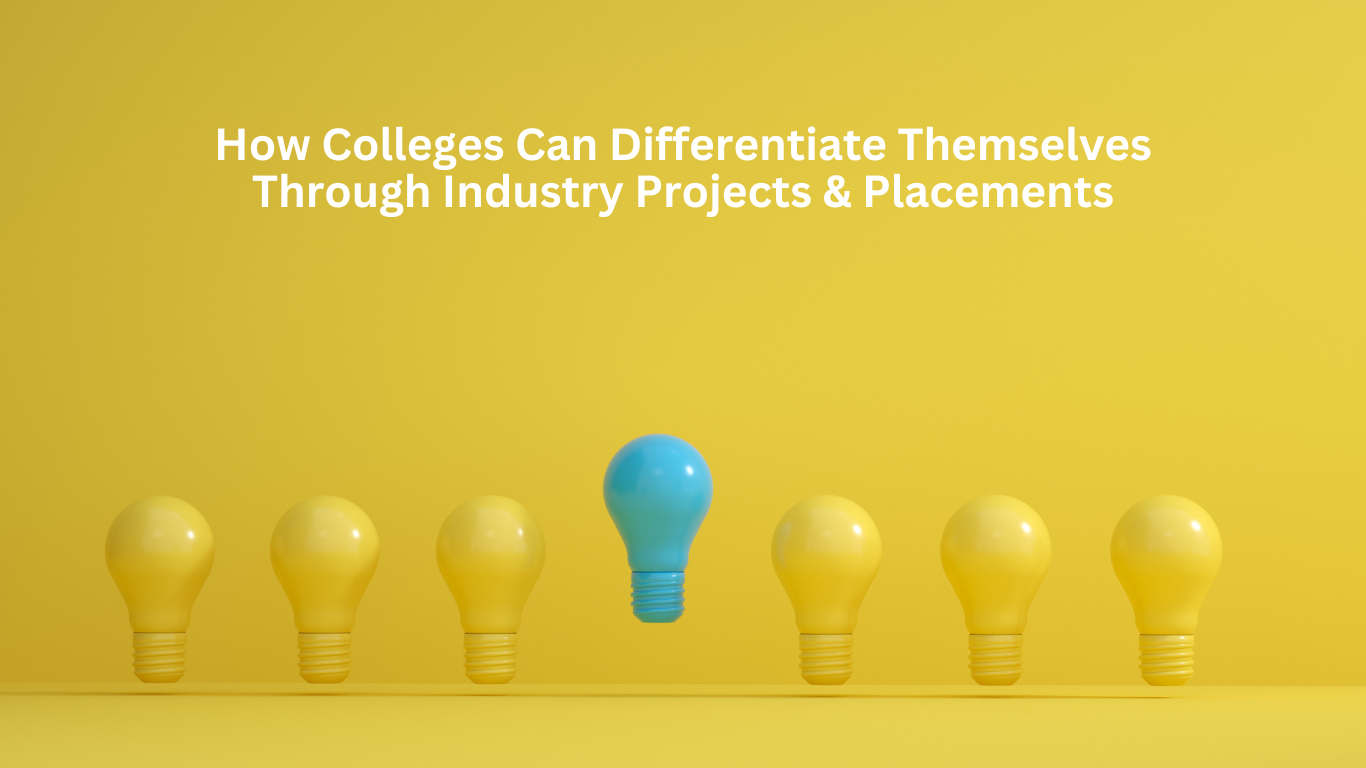
Introduction The demand for job-ready graduates is increasing, and industry projects & placements play a crucial role in bridging the

Aenean massa feugiat imperdiet a scelerisque et morbi tempus massa tincidunt vitae libero aenean tincidunt molestie.